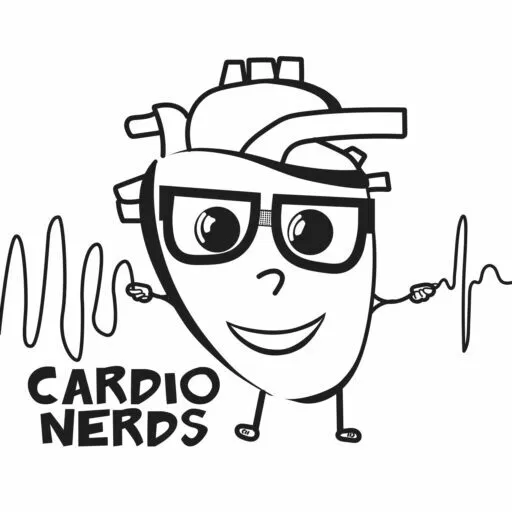Please note that the text below has been copyedited.
Dr Gillmore
My name is Julian Gillmore and I'm a Professor of Medicine at the UCL Centre for Amyloidosis and Head of the National Amyloidosis Centre in the UK.
What are the unmet needs of patients with ATTR amyloidosis?
Dr Gillmore
Transthyretin amyloidosis or ATTR amyloidosis is a progressive, debilitating and ultimately fatal disease caused by accumulation of amyloid, which is composed of misfolded transthyretin protein in the tissues, mainly the heart and the nerves. The condition itself is associated with a high disease burden both for patients and also their carers.
As the disease progresses, patients with the cardiomyopathy involvement of the heart develop worsening heart failure and essentially become immobile and patients with the neuropathy, the nerve disease, lose control of their bladder and bowels. They live in constant pain and eventually become confined to a wheelchair or even their bed. It is a truly awful disease.
The unmet need in ATTR amyloidosis patients really is the need to arrest the progression of the disease.
In recent years, there have been some treatments known as gene silencers, which have become available, and they've certainly improved outcomes for patients with ATTR amyloidosis. But gene silencers need lifelong and repeated treatment, and while most patients on these gene silencers stabilise in terms of their disease, some continue to progress and die, so there is definitely an unmet need.
What is NTLA-2001 and how does it work?
Dr Gillmore
NTLA-2001 is a CRISPR-based based gene editing therapy which is given by intravenous infusion, whereupon it's transported directly to the liver where it is designed to inactivate the transthyretin gene and thereby reduce production of the transthyretin protein.
There is data, as previously mentioned, with gene silencers to show that reducing production of the transthyretin protein, and IE reducing the concentration of transthyretin in the bloodstream is associated with clinical benefit in this disease.
What is the trial design, outcome measures and eligibility criteria?
Dr Gillmore
The eligibility criteria, that's essentially patients with either hereditary ATTR amyloidosis and dominant polyneuropathy, involvement of the nerves, or alternatively patients with ATTR amyloid cardiomyopathy, a predominant heart disease.
CRISPR-Cas9 is a first-in-human study: It's a two-part study comprising a dose escalation phase and a dose expansion phase.
I am sharing data from the dose escalation phase in patients with cardiomyopathy: In the cardiomyopathy phase, 12 patients were treated with NTLA-2001. Six patients had NYHA Class I/II heart failure administered two different doses, 0.7 mg/kg and 1.0 mg/kg and the other six patients had NYHA Class III heart failure who were administered the 0.7 mg/kg dose.
The outcome measures are safety in this first-in-human study, and then the measurement of PK and PD, the latter by serial measurement of transthyretin levels as, a surrogate marker of efficacy.
What are the key findings?
Dr Gillmore
The key findings are that the NTLA-2001 treatment was well-tolerated in the acute phase. Most adverse events were mild and not attributable to the NTLA-2001 infusion.
There was a single grade 3 infusion related reaction which resolved without clinical sequelae.
All AE dose and NYHA cohorts achieved greater than 90% reduction in circulating TTR protein concentration by day 28 and that was sustained through to the latest follow-up.
Very exciting results, both in terms of tolerability and in terms of TTR knockdown. We believe that the greater the TTR knockdown, the better the likely outcome in terms of effect on patient's disease, and there's good data to back that up.
How should this trial and the findings impact medical research?
Dr Gillmore
I think obviously the treatment itself is a modular platform. It's very easy to design a single-guide RNA molecule, or to synthesise a single-guide RNA molecule within this platform, such that it will target any gene in the body.
The challenge is delivery of that particular drug to the target cells, but what's been established by this trial is that one can certainly target any gene that is expressed predominantly in the liver or to potentially knock out that gene. This platform gives the potential to treat a pretty wide variety of genetic diseases, and other examples include haemophilia A, haemophilia B, alpha-1 antitrypsin deficiency. There's quite a significant list of potential genetic diseases that might be treatable through this technology or platform.
The other thing to mention is that this platform also gives the possibility, and again, this is rather a future possibility, but of potentially editing multiple genes, and one can imagine a future where editing multiple genes might be beneficial, for example, in patients who have certain forms of cancer.
The potential application of this technology in medicine is relatively broad, and obviously this is early days and it is early phase data, but at the same time I think is very exciting for the future.
What are the next steps?
Dr Gillmore
The next steps are to treat further patients within the dose expansion phase, both in the polyneuropathy arm, which I haven't mentioned today, but also in the cardiomyopathy arm, which is the data that I presented at AHA 22, and with longer follow-up of patients to assess long-term or longer-term safety, I should say, and also assess obviously clinical efficacy in terms of clinically meaningful outcome measures. In other words, the effect on their heart disease.







